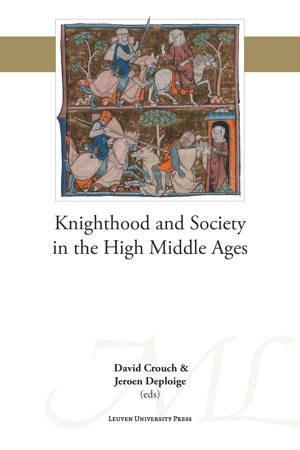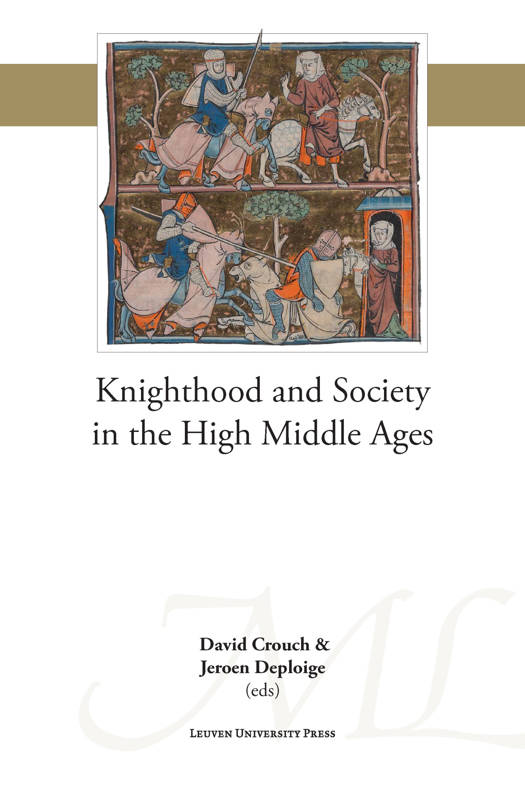
- Retrait gratuit dans votre magasin Club
- 7.000.000 titres dans notre catalogue
- Payer en toute sécurité
- Toujours un magasin près de chez vous
- Retrait gratuit dans votre magasin Club
- 7.000.0000 titres dans notre catalogue
- Payer en toute sécurité
- Toujours un magasin près de chez vous
Knighthood and Society in the High Middle Ages
Description
In popular imagination few phenomena are as strongly associated with medieval society as knighthood and chivalry. At the same time, and due to a long tradition of differing national perspectives and ideological assumptions, few phenomena have continued to be the object of so much academic debate. In this volume leading scholars explore arious aspects of knightly identity, taking into account both commonalities and particularities across Western Europe. Knighthood and Society in the High Middle Ages addresses how, between the eleventh and the early thirteenth centuries, knighthood evolved from a set of skills and a lifestyle that was typical of an emerging elite habitus, into the basis of a consciously expressed and idealised chivalric code of conduct. Chivalry, then, appears in this volume as the result of a process of noble identity formation, in which some five key factors are distinguished: knightly practices, lineage, crusading memories, gender roles, and chivalric didactics.
This publication is GPRC-labeled (Guaranteed Peer Review Content).
Contributors: Dominique Barthélemy (Sorbonne and EPHE, Paris), David Crouch (University of Hull), Jeroen Deploige (Ghent University), John D. Hosler (U.S. Army Command and General Staff College), Sara McDougall (City University of New York), Jean-François Nieus (University of Namur), Eljas Oksanen (Portable Antiquities Scheme, London), Nicholas Paul (Fordham University), Jörg Peltzer (Heidelberg University), Nicolas Ruffini-Ronzani (University of Namur), Louise Wilkinson (Canterbury Christ Church University), Claudia Wittig (Ghent University)
Spécifications
Parties prenantes
- Editeur:
Contenu
- Nombre de pages :
- 350
- Langue:
- Anglais
- Collection :
- Tome:
- n° 48
Caractéristiques
- EAN:
- 9789462701700
- Date de parution :
- 15-11-20
- Format:
- Livre broché
- Format numérique:
- Trade paperback (VS)
- Dimensions :
- 156 mm x 234 mm
- Poids :
- 467 g

Les avis
Nous publions uniquement les avis qui respectent les conditions requises. Consultez nos conditions pour les avis.





